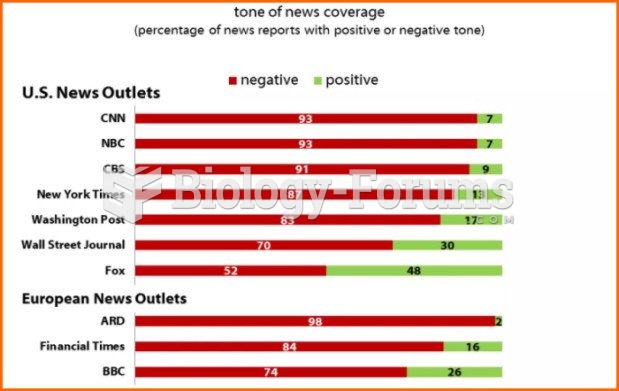Answer to Question 1
A. Norris-LaGuardia Act of 1932 (Anti-Injunction Act)
1. Stopped federal courts from issuing injunctions to stop union strikes
2. Some exceptions:
a. Violence
b. Lack of control - harm to public
B. Wagner Act - National Labor Relations Act (NLRA) of 1935
1. Gave employees the right to unionize
2. Prohibited employers from firing or discriminating against union members
3. Established NLRB
a. Created to conduct union election
b. Created to remedy unfair labor practices
C. Taft-Hartley Act - Labor-Management Relations Act of 1947
1. Lists unfair labor practices for unions
2. Addresses secondary boycotts
3. Provides president with authority to have prestrike cooling-off period when public health and safety are at issue; has been used in coal and transportation strikes
D. Landrum-Griffin Act - Labor-Management Reporting and Disclosure Act of 1959
1. Regulates union officials
2. Gives union members a bill of rights
3. Establishes penalties for misconduct
Answer to Question 2
The first step in union organization is the establishment of a collective bargaining unit. This is a group of employees recognized by the NLRB as appropriate for exclusive representation of all employees in that group. The group must be made up of employees that are of similar rank or job.
During the campaign phase, union organizers (either from within the company or outside) try to convince the workers that they would be better represented by the union. Employers may oppose the campaign and may restrict the time and place of the campaigning, but may not threaten the workers in any way.
If a majority of the employees vote for the union in a secret ballot, the union is certified and the employer must bargain with the union for any future terms of employment.







